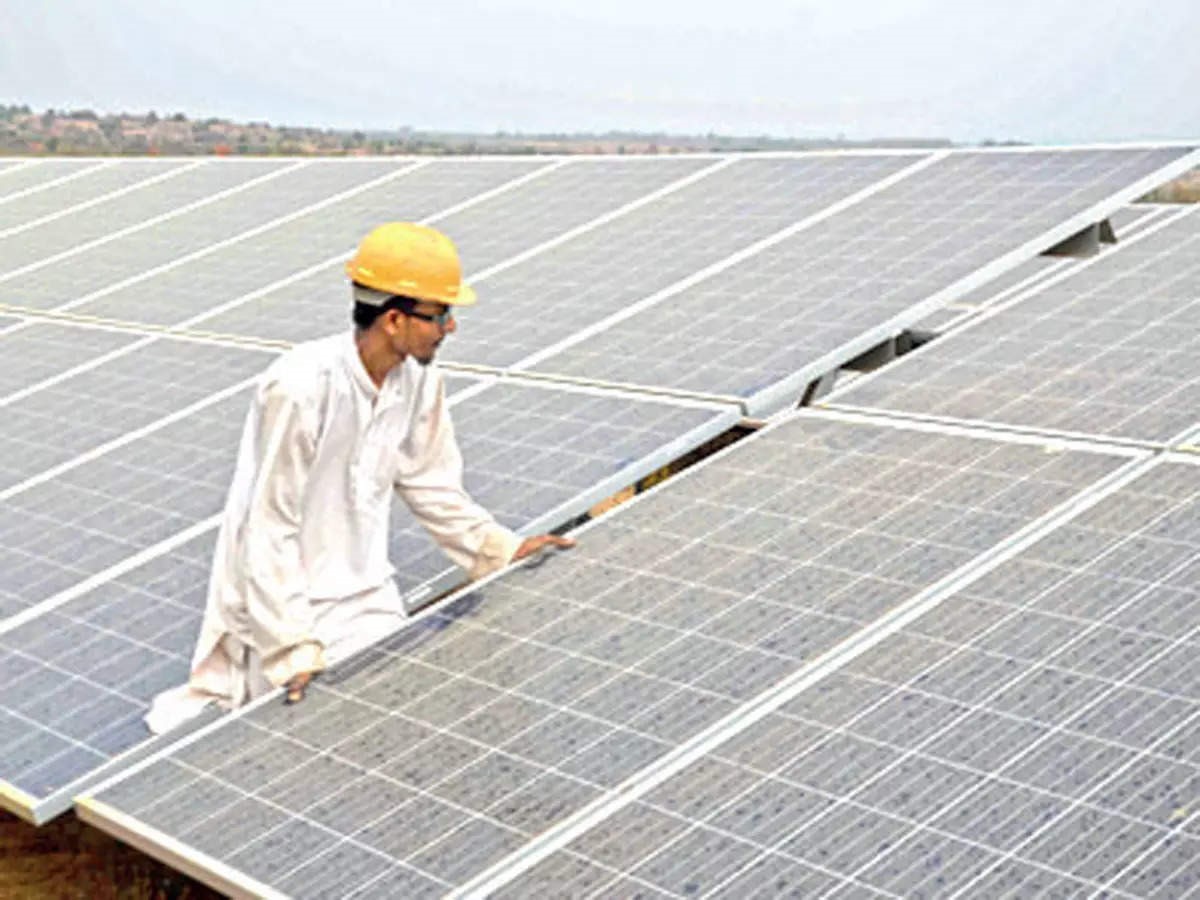Wednesday, 27th October 2021
China’s new land border law
In News
Recently, China passed a new land law aimed at “protection and exploitation of the country’s land border areas”.
About the new land border law
- China shares 22,457 km land boundary with 14 countries and the new law is the first such policy move in China’s modern history.
- The law states that the sovereignty and territorial integrity of China are sacred and inviolable.
- It asks the state to take measures to safeguard territorial integrity and land boundaries.
- Under the law, the state can take measures to strengthen border defence, support economic and social development of the people living in the border areas.
- The law also pushes to settle civilians in the border areas.
- The law also asks the state to follow the principles of “equality, mutual trust, and friendly consultation, handle land border related-affairs with neighbouring countries through negotiations to properly resolve disputes and longstanding border issues”.

Concerns for India
- Border Dispute Settlement: The new law is a challenge for India, as it has a 3,488-km unsettled land border with China. The Law could create further hurdles in the resolution of the current military standoff in Ladakh, as it gives the responsibility of the border to the People's Liberation Army (PLA).
- Tougher Stance: Article 1 of the policy that talks about “delineation and demarcation of land borders” and Article 4, which stipulates that “sovereignty and territorial integrity” are “sacred and inviolable”, are indicative of a “tougher stance” that China will take on boundary negotiations when it comes to India.
- Not Just a law for Borders: This is a broad legislation that deals with not just border security and development, but also management, and authorises key agencies for specific tasks. This is partly an effort to put in place legal structures, identify tasks and responsibilities and establish frameworks authorising government action.
- Model Villages: Now more model villages will come up near the border.
- PLA can make dual civil and military use of these facilities and villages. Recently, in Demchok, some “so called civilians” have pitched tents on the Indian side of the LAC.
- This provides a stronger legal framework and impetus for work related to border villages that have been built across Tibet.
Sources:
Climate Vulnerability Index Report
In News
The Climate Vulnerability Index has been released by the Council on Energy, Environment and Water (CEEW), which lists districts that are vulnerable to climate risks.
Observations of the Report
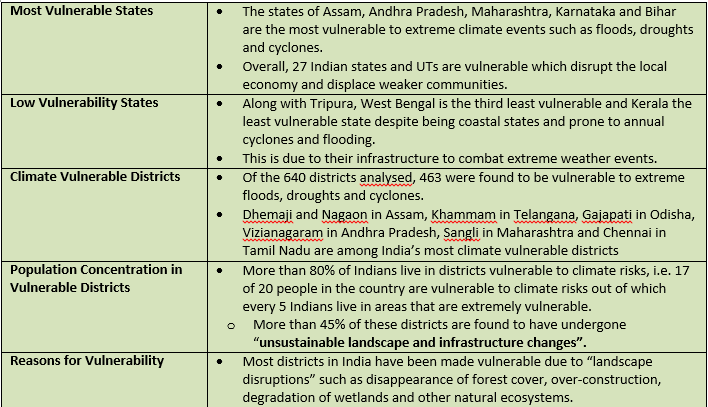
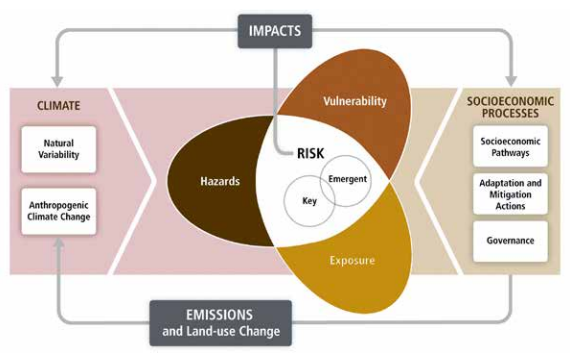
Sources:
- New climate vulnerability index finds Assam and Andhra most at risk, Kerala least
- Above 80% of Indians live in districts vulnerable to climate risks: Report
Image Source:
Skill Impact Bond
In News
The National Skill Development Corporation (NSDC) has launched a first-of-its-kind and the largest 'Impact Bond' for skilling in India.
About the News
- The Skill impact bond has been launched in coalition with Prince Charles's British Asian Trust, the Michael & Susan Dell Foundation (MSDF), The Children's Investment Fund Foundation (CIFF), HSBC India, JSW Foundation and Dubai Cares, with FCDO (UK Government) & USAID as technical partners.
- The Skill Impact Bond (SIB) is also the first impact bond involving public, private partners and a public private partnership organisation, NSDC.
Features of the Skill Impact Bond
- About: The Skill Impact Bond is a financial instrument which applies an entrepreneurial approach to philanthropy and ensures accountability which contributes to achievement of set objectives.
- Utilisation of funds: The amount raised through bonds amounts to US$14.4 million which will benefit 50,000 young people in India over four years. The fund will be used to;
- Provide skills and vocational training.
- Provide access to wage-employment in Covid-19 recovery sectors including retail, apparel, healthcare, and logistics.
- The training will be imparted through NSDC’s affiliated training partners like Apollo Medskills
- Target Group: The target group includes 60 per cent women and girls and the objective is to equip them with skills and vocational training and provide access to wage-employment in Covid-19 recovery sectors including retail, apparel, healthcare and logistics.
- Purpose of the bond: The purpose of the impact bond is to address the youth employment crisis and specifically that for young women because;
- Youth have been hit harder than adults (25 and older) in the immediate crisis.
- The focus on women under Skill Impact Bond is due to the negative impact that the pandemic had on women and employment.
What are Impact Bonds?
- Impact bonds are innovative financing instruments that leverage private sector capital and expertise, with a focus on achieving results. In this rather than a government or a donor financing a project upfront, private investors (risk investors) finance the initiative.
- They are outcomes-based contracts. The service is designed to achieve measurable outcomes specified by the commissioner. The investor is repaid only if these outcomes are achieved.
- Outcomes-based contracts (including impact bonds) differ from traditional contracts by focusing on the outcomes, rather than the inputs and activities. Impact bonds are differentiated from other forms of outcomes-based contract by the explicit involvement of third-party investors.

Sources:
Health Infrastructure
In News
The Ayushman Bharat Health Infrastructure Mission, touted to be one of the largest pan-India schemes for strengthening healthcare infrastructure, has been recently launched.
About the News
- The objective of the Mission is to fill gaps in public health infrastructure, especially in critical care facilities and primary care in both urban and rural areas.
- It will provide support for 17,788 rural health and wellness centres in 10 high-focus states.
- Further, 11,024 urban health and wellness centres will be established in all the States.
- It also aims to expand and build an IT enabled disease surveillance system by developing a network of surveillance laboratories at block, district, regional and national levels, Points of Entry and in Metropolitan areas, for effectively detecting, investigating, preventing and combating Public Health Emergencies and Disease Outbreaks.
- To support research on COVID-19 and other infectious diseases, including biomedical research to generate evidence to inform short-term and medium-term response to COVID-19 like pandemics and to develop core capacity to deliver the One Health Approach to prevent, detect, and respond to infectious disease outbreaks in animals and humans.
- The World Health Organization regional research platform for South Asia will also strengthen this network.
What does Health Infrastructure mean?
- The definition of health care infrastructure is one that involves the individuals, facilities, and buildings required to deliver world-class health care. This complex term includes the components comprising basic hospital delivery of services, including both structural and maintenance of facilities.
- Health infrastructure is presumed to be composed of three basic indicators, namely, Promotive Health Infrastructure, Preventive Health Infrastructure and Curative Health Infrastructure
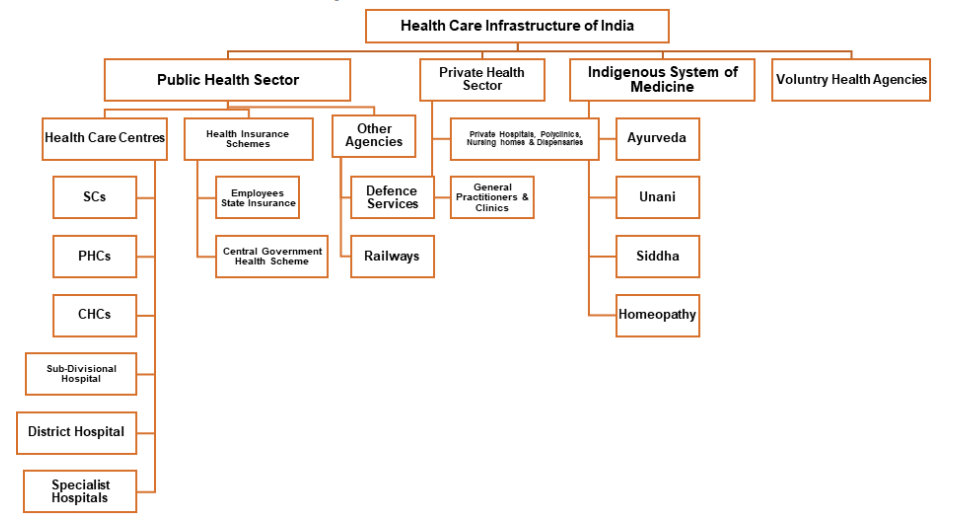
The Covid-19 Second wave exposed the Fault-lines in the Health Infrastructure of India. What are the core issues with it?
- Ill-equipped Hospitals: The present architecture of the public hospitals is not equipped fully to handle the critical requirement of clinical management of affected patients while maintaining essential services during periods of public health challenges.
- Lack of segregation of infectious disease ward, negligible number of critical care services hospital in rural settings, lack of primary healthcare services etc. plague the system.
- Weak Diagnostic Services: Both general and out of hours laboratory services (e.g. emergency services, critical care services) are being provided through laboratories that are largely fragmented.
- Also, public health surveillance for abnormal morbidity/mortality, reporting of human or animal disease patterns and testing of samples etc. for public health needs remains a weak area in most districts.
- Shortage of Staff and Equipment’s: The government Rural Health Survey revealed that only 55.6% of CHCs have functional X-ray machine while only 18% of specialists required (surgeon, physician, gynaecologist and paediatrician) are in place.
- Doctor-to-patient ratio remains abysmally low, which is merely 0.7 doctors per 1,000 people. This is compared to the World Health Organisation (WHO) average of 2.5 doctors per 1,000 people. Improving this situation continues to remain a long-term process.
- There is lack of trained human resources to cope with pandemics like Covid-19.
- Medical Institutes: India has been struggling with deficient infrastructure in the form of lack of well-equipped medical institutes for quite a while now. Also, the rate of building such medical teaching or training facilities remains less as compared to the need of the hour.
- Stagnant expenditure: The latest data narrative from the Centre for Economic Data and Analysis (CEDA), Ashoka University, shows that this has been stagnant for years: 1% of GDP 2013-14 and 28% in 2017-18 (including expenditure by the Centre, all States and Union Territories).
- India lags behind Bhutan (2.5 per cent), Sri Lanka (1.6 per cent) and Nepal (1.1 per cent), showed the National Health Profile 2019.
- Out-of-pocket (OOP) expenditures: India has among the highest out-of-pocket (OOP) expenditures of all countries in the world, i.e. money that people spend on their own at the time they receive health care.
- The World Health Organization estimates that 62% of the total health expenditure in India is OOP. CEDA’s analysis shows that some of the poorest States (Uttar Pradesh, Bihar, Madhya Pradesh, Jharkhand and Odisha) have a high ratio of OOP expenditures in total health expenditure.
- Inter-State variation: Bihar, Jharkhand and Uttar Pradesh, States that have been consistently towards the bottom of the ranking in all years, are struggling to cope with the pandemic, as a result of a deadly combination of dismal health infrastructure as well as myopic policy disregarding scientific evidence and expert advice.
- Health care infrastructure is heavily skewed in favour of urban areas: The evidence show that private health care market occupies a large share of hospitals (75%), hospital beds (50.7%) and medical institutions (54.3%) largely located in urban areas. Moreover, due to concentration in urban and in posh areas these doctors have started malpractices to woo the patients
How will the Health Infrastructure Mission try to fill these gaps?
There are three major aspects of the Ayushman Bharat Health Infrastructure Mission to address the different gaps in the health sector of the country

Infrastructure Vision 2025
- It is the cornerstone of India's infrastructure policy and is principally meant to improve the ease of living in India.
- Infrastructure Vision 2025's strategic goals are aligned with those of the UN's 2030 Sustainable Development Goals to improve the living standards of people.
Conclusion: The on-going COVID 19 pandemic has demonstrated that India’s health systems need to be better equipped to address public health needs across primary, secondary, and tertiary care levels. India’s current epidemiological and demographic status, with the rapid rise in non- communicable diseases, a double burden of chronic and infectious diseases, and unfinished agenda of reproductive, maternal new-born and child health services has created an increasing demand on health care and public health services. The Ayushman Bharat Health Infrastructure Mission will provide necessary linkages to be able to fill the gaps in health sector.
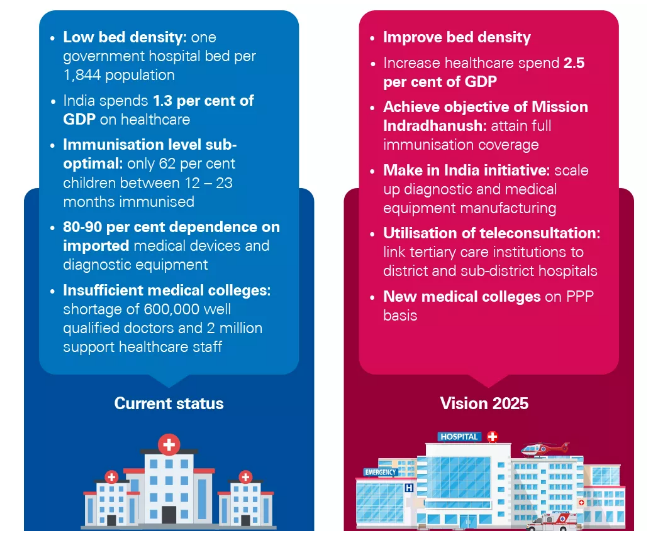
Question: Discuss the problems with the Health infrastructure in India. How will the Ayushman Bharat Health Infrastructure Mission help in resolving these issues?
Sources:
- PM Modi launches Ayushman Bharat Health Infrastructure Mission
- Health Infrastructure, Health Outcome and Economic Wellbeing: A District Level Study in India
- 5 reasons why India’s healthcare system is struggling
- The fault line of poor health infrastructure
- PM Modi launches mission to bolster healthcare structure
- OGls PM Ayushman Bharat Health Infrastructure Mission.pdf
- Health Care Infrastructure in India: Need for Reallocation and Regulation
This Day in History - Jatindra Nath Das or Jatin Das
On October 27, 1904, Jatindra Nath Das, also known as Jatin Das, a revolutionary and Independence activist, was born in Calcutta. He joined the Anushilan Samiti, a revolutionary group in Bengal, and also participated in Mahatma Gandhi's Non-Cooperation movement in 1921, at the tender age of just 17. He was arrested for revolutionary activities and was imprisoned in Lahore jail along with Bhagat Singh and others to be tried under the supplementary Lahore Conspiracy Case. He embraced death in Lahore jail after fasting for 63 days on this day, aged 24 years.

Source:
Image of the Day - Silver Forget-me-not butterfly
This is image of Silver Forget-me-not butterfly recorded inside the Srivilliputhur-Meghamalai Tiger Reserve in Tamil Nadu, for the first time. Silver FMN is overlooked due to its resemblance to the Common FMN. The common FMN is bluish-silver with a spot in the middle of its two straight discal bands. The Silver FMN is pale silvery with slightly curved bands and the spot is near the upper band. The Silver FMN was earlier recorded in Chinnar, Kerala, in 2019; in Andaman & Nicobar Islands between 2015 and 2017 and in Sikkim, West Bengal and the Northeast States of Arunachal Pradesh, Assam, Meghalaya, Mizoram and Tripura between 2005 and 2020.

Source:
Innovations for You- AIM
- Context:Niti Aayog's Atal Innovation Mission (AIM) has recently launched a digi-book named 'Innovations for You'.
- The book will showcase the success stories of AIM's start-upsin different domains and serves as an encouragement to upcoming entrepreneurs to work on the path of creativity and imagination to address some of India's pressing challenges.
- The first edition of the book is focused on innovations in health care.
- It is a compilation of 45 health tech start-ups, incubated at Atal Incubation Centresspread across the country.
- These start-ups are those that leverage frontier technologies such as artificial technology, internet of things, information and communication technology etc. to provide socially relevant solutions to problems like anaemia, malaria, dental care, mental health, neonatal and child care and monitoring human vitals.
- The Atal Innovation Mission (AIM) is the Centre's flagship initiative to promote innovation and entrepreneurship culture in the country.

Sources:
- Atal Innovation Mission launches 'Innovations for You' to showcase success stories of start-ups
- Launch of NITI Aayog’s Atal Innovation Mission Digi-Book Innovations for you Sector in Focus-Health Care
Image Source:
Metaverse
- Context: Facebook has been planning to rebrand/rename itself as “Metaverse".
- Metaverse is the portmanteau of “meta" and “universe" which denotes a place that is beyond the world or the universe-one that exists in the virtual realm but feels just as real.
- It’s a concept that involves an online world where people can interact with others, collaborate and communicate virtually, without needing to be in the same space.
- The "metaverse" thus combines virtual and augmented reality to create a deeply immersive space for users in everything from social interactions to business.

Sources:
- EXPLAINED: Move Over Social Media? Why Facebook Wants To Be Known As a 'Metaverse' Company
- Facebook is planning to rebrand the company with a new name
Image Source:
Community-based rehabilitation (CBR)
- Context: WHO member states have approved a policy pertaining to persons with disabilities that did not mention ‘community-based rehabilitation’ (CBR).
- The WHO and public health professionals came up with the idea of CBR in the late 1970s to address the challenges faced by people with disabilities especially those living in places where access to healthcare, basic education, etc. can often be difficult.
- CBR involves three stakeholders: persons with disabilities, their families and caregivers, and governmental and non-governmental agencies working on public health and the rights of persons with disabilities.
- It implies the need to train family members, caregivers and others within a community in ways that will allow persons with disabilities to live the fullest lives possible, participate actively in society and access regular services.
- It is a pathway to an inclusive, cost-effective framework to ensure the most people benefited from the right policies.
- CBR also marks a broader shift in disability rights policy – from viewing persons with disabilities as passive recipients of “aid” or “charity” to more active stakeholders in their own well-being and society.
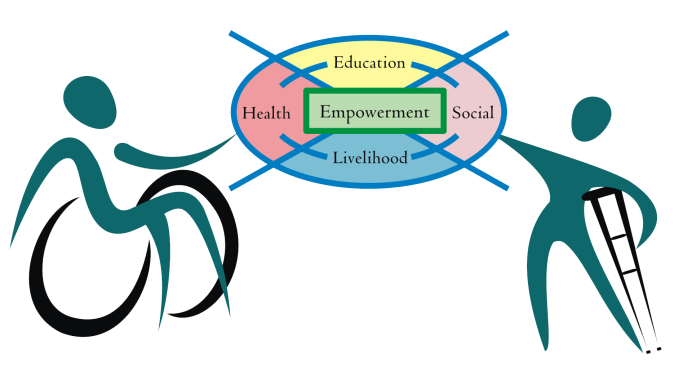
Sources:
- WHO Resolution on Persons with Disabilities Omits CBR – Why You Should Care
- Community-based rehabilitation: CBR guidelines
Image Source:
Cheetah reintroduction - Edukemy Current Affairs
- Context: African subspecies of Cheetah have been decided to be brought to the Kuno National Park in Madhya Pradesh.
- Cheetahs are ferocious quick predators and the fastest land animal in the world.
- They are low-density, high-habitat animal species that require a substantial amount of space.
- The Cheetah habitat in India historically is from Jammu to Tamil Nadu widespread in dry forests, grasslands, scrub forest etc.
- The current species (Acinonyx jubatus jubatus) is different from the Asiatic subspecies (Acinonyx jubatus venaticus) that once roamed the Indian grasslands, semi-arid and desert regions.
- The Asiatic cheetah is smaller, thinner and slightly paler in colour than its African counterpart. It has a smaller head, shorter legs and a much thicker coat.
- Cheetahs are listed as” vulnerable” and Asiatic Cheetahs are listed as “critically endangered” on the IUCN Red List of Threatened Species.
- They were declared extinct in India in 1952.
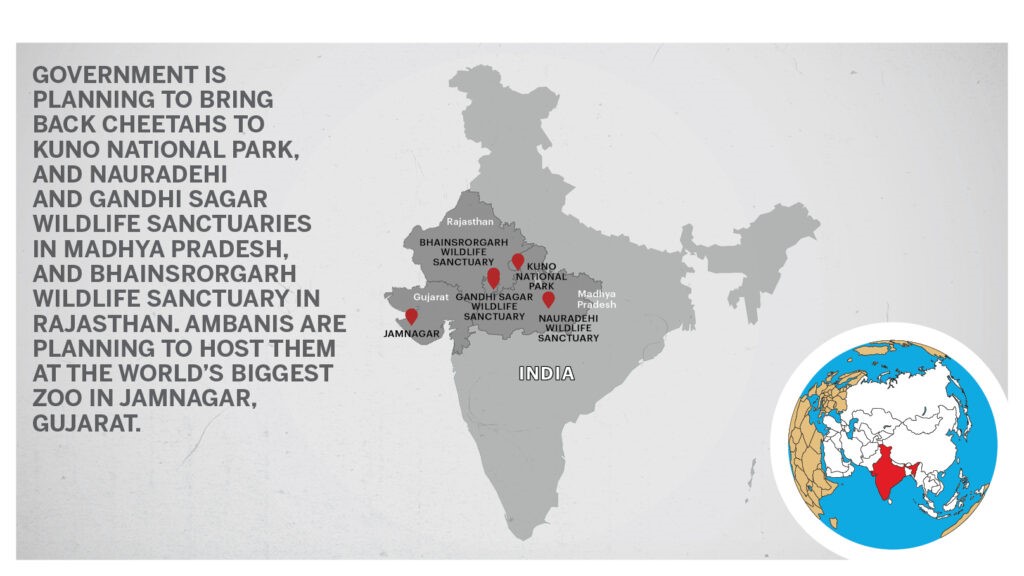
Sources:
- The cheetah is returning to India but at what cost?
- African Cheetahs to be experimentally introduced in India in the next 4-6 months
Image Source:
Climate: What can be done about India’s energy and resource consumption? HT
Essence: India is the world’s third-largest producer and consumer of electricity, and numerous factors such as rapid urbanisation, growing population, economic growth, and rising purchasing power in India have led to the high consumption of energy and resources in buildings. The deteriorating quality of natural water bodies due to the direct discharge of untreated sewage also poses a serious threat. It is safe to say that the current scenario of the generation and consumption of energy, electricity, water, and solid waste is not sustainable in the long-run and buildings play a crucial role in this.
The energy and resource-saving interventions in a building can be done in two phases: The design phase or the operation phase. Audits can be a way to do it as Energy audits determine the amount of energy being consumed by a building and the saving potential that can be achieved. Similarly, a resource conservation audit identifies the water consumption status of buildings, solid waste management, and the potential to conserve and re-use it.
Why should you read this article?
- This editorial has focused on the future energy, water, and proper disposal of municipal solid waste demands of India especially Buildings in India.
- This editorial talks about the need of proper audit system to identify the current status as well as potential to conserve the resources.
Source:
The new wave of AgriTech must respect traditional farmers' knowledge: BL
Essence: The emergence of Agri-Tech start-ups have addressed the knowledge gaps, provided goods and services to farmers such as quality inputs and reduced the farm-to-fork gap by enhancing market access and bargaining power of smallholder farmers. As the agricultural sector has been characterized by exploitative markets, the success of these start-ups depends on the objective of being farmer-centric and ensuring a reasonable return to their investors.
As few Agri-Tech unicorns can be expected to emerge, there is a need for developing appropriate safeguards such as enhancing awareness about the Protection of Plant Variety and Farmers Right Act (PPVFR Act) and strengthening the Traditional Knowledge Digital Library (TKDL). The digital push needs to enable farmer-owned cooperatives as custodians of intellectual property, the transition towards decreased resource intensity, enhanced crop diversification, and nutritional security, and increased farmers' income.
Why you should read this article?
- To understand the impacts of Agri tech startups on agriculture.
- To know the safeguarding measures needed from digital push for farmers welfare.
Source:
Despite challenges WTO is relevant for India: TI
Essence: The article mainly talks about the issues that have been on the negotiating table of WTO since a long time and do not seem to get resolved any time soon. The tussle between developed and developing economies over farm subsidies continues, with rich countries reserving the right to spend billions of dollars on supporting their farmers. The latest issue to cause friction is the fisheries subsidies. Efforts are now being made assiduously to include new items on the trade body’s agenda, including investment facilitation, e-commerce and rules of MSMEs (micro, small and medium enterprises).
While it is true that on some issues like farm and fisheries subsidy and e-commerce negotiations, India is facing stiff hurdle at WTO, we also stand to gain from proposed IPR waiver for COVID related technologies. Author concludes that as a strong voice of developing world on trade issues, WTO as a predictable rule-based trade organization that relies on consensus for decision-making will remain relevant for India.
Why should you read this article?
- To understand issues faced by India in WTO because of increasing influence of developed countries over the trade body.
- To appreciate importance of WTO for India’s own self-interest, despite some hurdles.
Source:
A Gift for You and Beyond
Background
- Gifts play a major role in the social sphere of mankind. But a gift curated after a mindful thinking stays forever.
- An initiative has been launched in Delhi with the objective to safeguard the environment as well as giving a memorable gift.
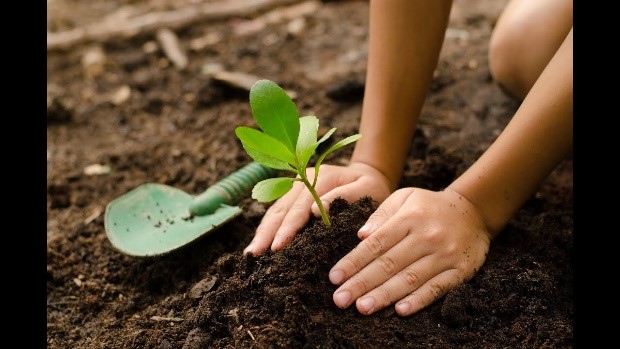
Planting sapling as a gift
- The South Delhi Municipal Corporation (SDMC) has launched "gift a tree" scheme.
- This scheme allows the residents to choose a public park of their choice and register a sapling plantation in the name of their close ones.
- The scheme could be availed through a mobile app registration for easy accessibility.
- This serves as a unique and lifetime gift for the person along with be considerate about the environment.
Quote:
Nature's beauty is a gift that cultivates appreciation and gratitude. Louie Schwartzberg
Source:
Image Source:
Share the article
Get Latest Updates on Offers, Event dates, and free Mentorship sessions.

Get in touch with our Expert Academic Counsellors 👋
FAQs
UPSC Daily Current Affairs focuses on learning current events on a daily basis. An aspirant needs to study regular and updated information about current events, news, and relevant topics that are important for UPSC aspirants. It covers national and international affairs, government policies, socio-economic issues, science and technology advancements, and more.
UPSC Daily Current Affairs provides aspirants with a concise and comprehensive overview of the latest happenings and developments across various fields. It helps aspirants stay updated with current affairs and provides them with valuable insights and analysis, which are essential for answering questions in the UPSC examinations. It enhances their knowledge, analytical skills, and ability to connect current affairs with the UPSC syllabus.
UPSC Daily Current Affairs covers a wide range of topics, including politics, economics, science and technology, environment, social issues, governance, international relations, and more. It offers news summaries, in-depth analyses, editorials, opinion pieces, and relevant study materials. It also provides practice questions and quizzes to help aspirants test their understanding of current affairs.
Edukemy's UPSC Daily Current Affairs can be accessed through:
- UPSC Daily Current Affairs can be accessed through Current Affairs tab at the top of the Main Page of Edukemy.
- Edukemy Mobile app: The Daily Current Affairs can also be access through Edukemy Mobile App.
- Social media: Follow Edukemy’s official social media accounts or pages that provide UPSC Daily Current Affairs updates, including Facebook, Twitter, or Telegram channels.


